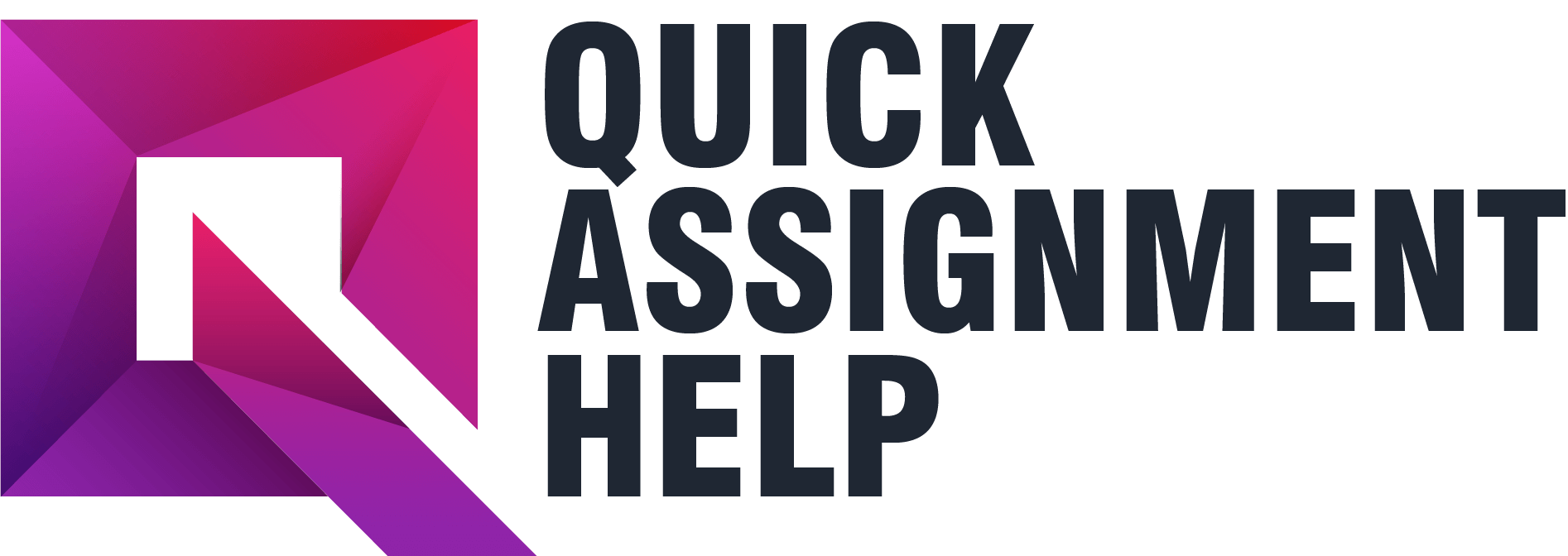Last Updated on March 4, 2024 by Admin
Complete a comprehensive risk assessment for a friend or family member. Please do not use the patient’s name or identifiers. Discuss your findings.

Discussion Question:
Complete a comprehensive risk assessment for a friend or family member. Please do not use the patient’s name or identifiers. Discuss your findings. Then, reflect on your interview and discuss which parts went well and which parts you will change the next time you complete a risk assessment.
Expert Answer and Explanation
Risk assessment is a process that involves identifying and evaluating potential risks or hazards associated with a particular situation or activity (Wharton et al., 2020). The goal of a risk assessment is to identify any potential risks and implement strategies to prevent or minimize those risks. The risk assessment is based on the interview I had with my friend (Mr. M) who depicts signs of obesity and high blood pressure.
The main focus of the risk assessment entails the analysis of Body Mass Index, blood pressure, blood glucose levels, lifestyle factors, and family history. Mr. M’s BMI is a measure of his weight concerning his height (Simpson et al., 2021). A BMI over 30 is considered obese, and it can increase the risk of several health problems, including heart disease, stroke, diabetes, and certain types of cancer.
The assessment also focused on the analysis of High blood pressure which is a common health problem associated with obesity. Mr. M’s blood pressure should be monitored regularly to ensure it remains within a healthy range. Mr. M’s lifestyle factors and family history of chronic conditions such as diabetes, heart disease, and certain types of cancer were considered during the assessment.
During the interview, various factors went well since the recipient was able to respond easily and communicate about the risk factor. With no language barriers, the overall assessment was easy to document, and effective strategies were put into place. The other part that went well is the ability of the patient to collaborate and provide appropriate details. However, the interview was not in the required format and I would change the format of the interview and model of participation in the future.
References
Simpson, N. P., Mach, K. J., Constable, A., Hess, J., Hogarth, R., Howden, M., … & Trisos, C. H. (2021). A framework for complex climate change risk assessment. One Earth, 4(4), 489-501.
Wharton, S., Lau, D. C., Vallis, M., Sharma, A. M., Biertho, L., Campbell-Scherer, D., … & Wicklum, S. (2020). Obesity in adults: a clinical practice guideline. Cmaj, 192(31), E875-E891.
Alternative Expert Answer
A risk assessment involves identifying what hazards exist or may appear in the home or hospital of a patient, how they may cause harm, and taking steps to minimize damage (UNISON, 2021). Carrying out a risk assessment and taking steps to reduce the assessed risk can prevent accidents and ill health and the cost that comes with them. While conducting a risk assessment, an individual’s physical, emotional, psychological, and social health must be considered.
A risk assessment was done on a friend, who was cooperative in sharing pertinent information, and the following are the findings. This patient is alert and oriented in all spheres. He is mobile and independent. However, there were several health concerns about the individual, such as driving, social isolation, and poor nutritional intake. No toxic substances, water, or soil were affecting the environment.
Nevertheless, further evaluation of the home and work environments proved that possible dangers to the person were evident. Social factors such as smoking, alcohol consumption, and drug abuse were assessed, and no concerns were in those areas.
On reflecting on the interview, most of it went well. The person was cooperative. In future assessments, I will use open-ended questions to ask the patient since that is an excellent way to commence an interview and acquire additional information from the interviewee (Bickley, 2021). Open-ended questions should be utilized since people sometimes find it challenging to describe their symptoms in a detailed way (Bickley, 2021).
I will provide recommendations based on the findings since there should be a plan to decrease or eradicate the high-risk issues. Within the healthcare institution, a risk assessment should be updated regularly, and any changes in the environment of the person being assessed must be addressed. All staff undertaking risk assessment must be provided with risk assessment training in line with the standards and organizational challenge to increase essential awareness and allow them to identify and manage risks in the patient and encourage adequate planning of potential risks.
References
Bickley, L.S. (2021). Bates guide to physical examination and history taking (13th ed.). Walters Kluwer/ Lippincott Williams & Wilkins. ISBN:9781496354709
UNISON, (2021). Risk assessment: Health and safety. Https://www.unison.org.uk/get-help/knowledge/health-and- safety/risk-assessment/

Module 1 Assignment 1
Assignment Description:
Complete the ShadowHealth© Conversation Concept Lab and Digital Clinical Experience Orientation
Complete the ShadowHealth© Health History assignment
After you have achieved at least 80% on the assignment(s) download, save and upload your LabPass document to the dropbox.
Module 1 Assignment 2
Assignment Description:
Write a 500-word APA reflection essay of your experience with the Shadow Health virtual assignment(s). At least two scholarly sources in addition to your textbook should be utilized. Answers to the following questions may be included in your reflective essay:
- What went well in your assessment?
- What did not go so well? What will you change for your next assessment?
- What findings did you uncover?
- What questions yielded the most information? Why do you think these were effective?
- What diagnostic tests would you order based on your findings?
- What differential diagnoses are you currently considering?
- What patient teaching were you able to complete? What additional patient teaching is needed?
- Would you prescribe any medications at this point? Why or why not? If so, what?
- How did your assessment demonstrate sound critical thinking and clinical decision making?
